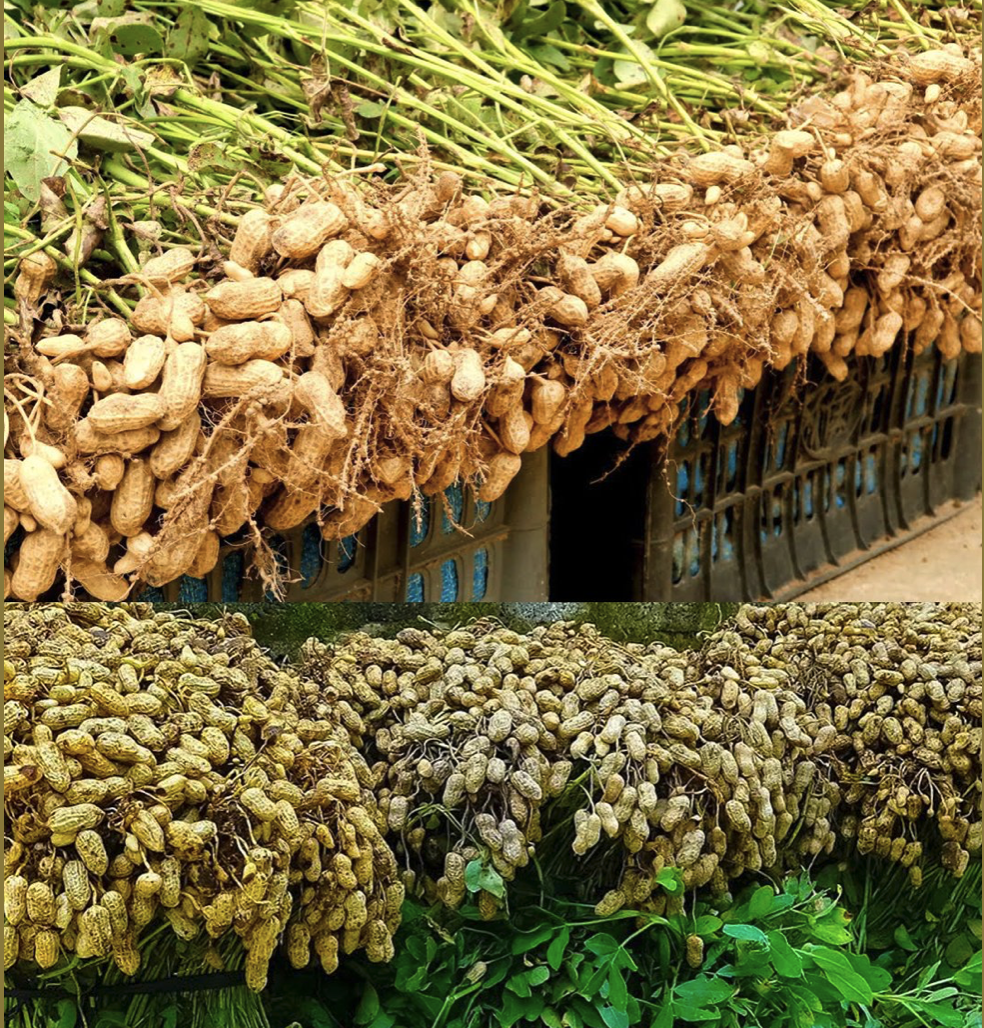Growing Peanuts at Home in Recycled Plastic Containers: A Beginner’s Guide

Growing peanuts at home can be a rewarding and exciting venture, especially when using recycled plastic containers. Not only does this method allow you to repurpose materials and contribute to a more sustainable environment, but it also provides a unique way to enjoy fresh, homegrown peanuts. This comprehensive guide will walk you through the step-by-step process of cultivating peanuts in recycled plastic containers, making it an ideal resource for beginners looking to embark on this gardening journey.
Materials Needed:
- Recycled plastic containers (large enough to accommodate peanut plants)
- Peanut seeds (also known as peanut kernels)
- High-quality potting mix or soil
- Compost or organic matter for enriching soil
- Watering can or sprayer
- Fertilizer (balanced, slow-release or organic)
- Sunny location (at least 6-8 hours of sunlight per day)
- Water source
Step-by-Step Guide:
1. Container Selection: Choose recycled plastic containers with sufficient depth (at least 12 inches) to allow ample room for peanut growth. Make sure the containers have drainage holes to prevent waterlogging.
2. Soil Preparation: Fill the containers with a well-draining, nutrient-rich potting mix or soil. Mix in compost or organic matter to improve soil structure and fertility. Peanuts thrive in loose, well-draining soil.
3. Seed Selection and Pre-treatment: Purchase high-quality peanut seeds or kernels from a reliable source. Before planting, consider soaking the seeds in water for a few hours. This can help soften the seed coat and encourage germination.
4. Planting: Plant the pre-soaked seeds about 1-2 inches deep into the soil. Space the seeds around 6 inches apart to allow adequate room for growth. Plant multiple seeds in each container to increase the chances of successful germination.
5. Watering: Keep the soil consistently moist but not waterlogged. Use a watering can or sprayer to gently water the soil surface. Avoid overhead watering as it can lead to fungal diseases. Aim for 1-2 inches of water per week.
6. Sunlight: Place the containers in a sunny location where the peanut plants will receive at least 6-8 hours of direct sunlight per day. Peanuts require ample sunlight for healthy growth and development.
7. Fertilization: Apply a balanced, slow-release fertilizer or organic fertilizer according to the manufacturer’s instructions. Avoid over-fertilization, as excessive nutrients can lead to excessive vegetative growth and fewer peanuts.
8. Cultivation and Care: As the peanut plants grow, maintain a consistent watering schedule and ensure the soil remains moist. Keep an eye out for pests and diseases, and address them promptly if they appear.
9. Flowering and Peg Formation: Peanut plants will produce yellow flowers. After pollination, these flowers will develop into pegs, which are small stems that bend downward to penetrate the soil. Pegs eventually become peanuts.
10. Harvesting: Peanuts are ready for harvest when the plants start to yellow and the foliage begins to wither. Carefully dig up the plants, being cautious not to damage the pegs. Shake off excess soil and allow the peanuts to dry in a warm, well-ventilated area for about 1-2 weeks.
11. Shelling and Storing: Once dried, carefully remove the peanuts from the pegs. To shell the peanuts, gently apply pressure to crack open the shells and reveal the edible kernels. Store the shelled peanuts in a cool, dry place.
Conclusion: Growing peanuts at home in recycled plastic containers is a fun and eco-friendly way to experience the joy of gardening and enjoy fresh, homegrown peanuts. By following this step-by-step guide, even beginners can successfully cultivate healthy peanut plants and harvest a bountiful crop. Not only will you gain a deeper appreciation for the growing process, but you’ll also contribute to a more sustainable lifestyle by repurposing plastic containers for a rewarding gardening endeavor.
Do you like this? Share inspiration with your friends!
Source: https://og-oasis.com
DISCLAIMER: THIS WEBSITE DOES NOT PROVIDE MEDICAL ADVICE The information, including but not limited to, text, graphics, images and other material contained on this website are for informational purposes only. The purpose of this website is to promote broad consumer understanding and knowledge of various health topics. It is not intended to be a substitute for professional medical advice, diagnosis or treatment. Always seek the advice of your physician or other qualified health care provider with any questions you may have regarding a medical condition or treatment and before undertaking a new health care regimen, and never disregard professional medical advice or delay in seeking it because of something you have read on this website.
